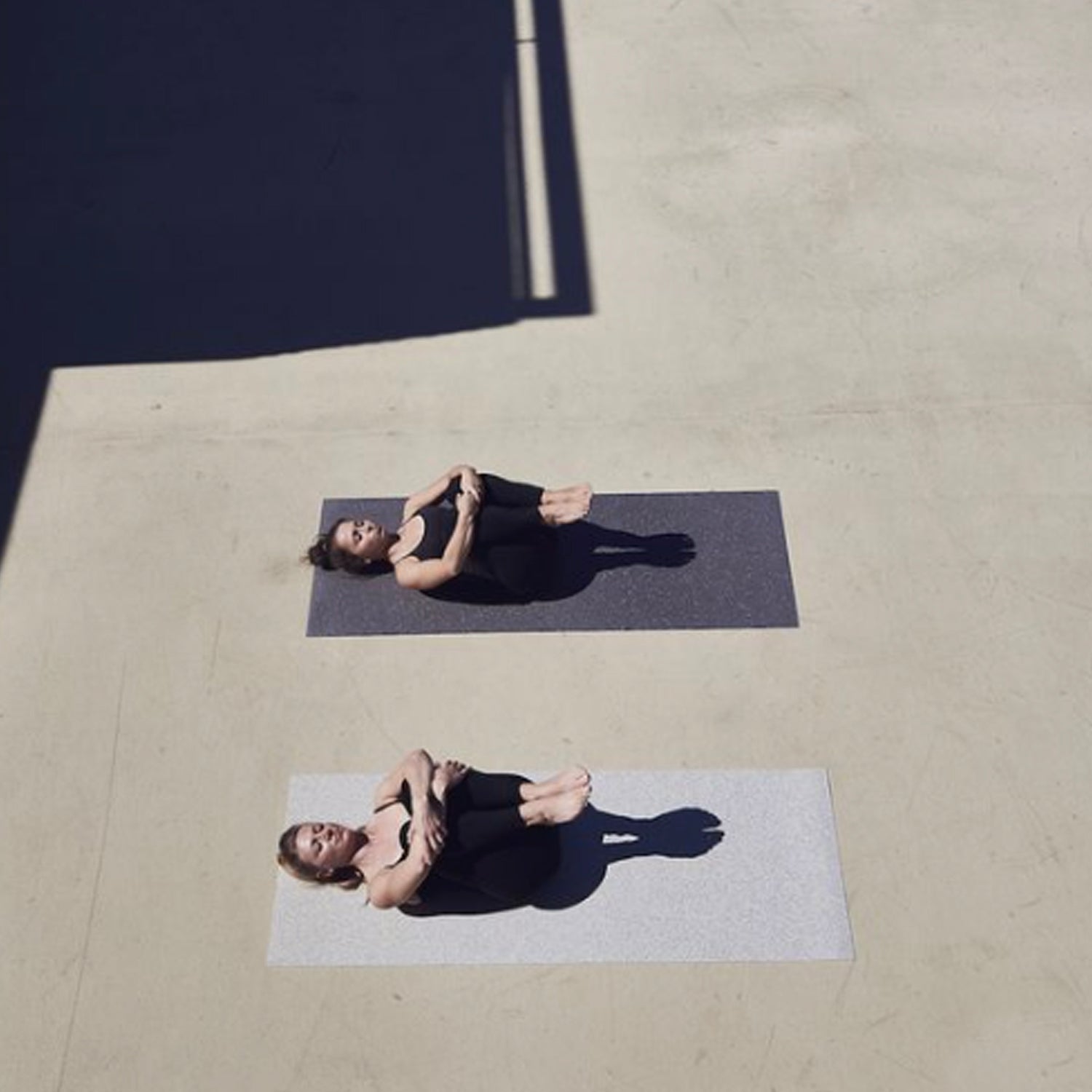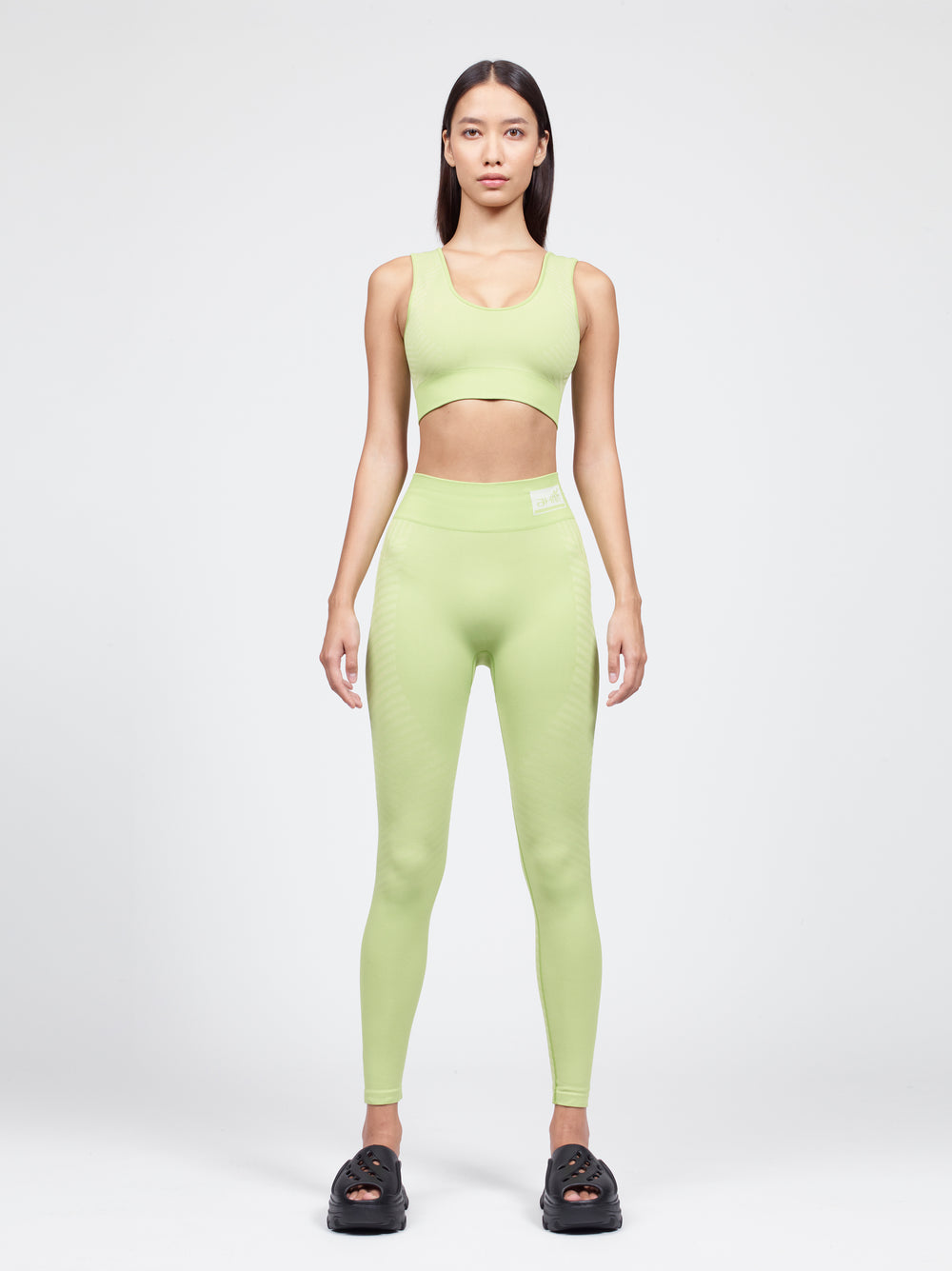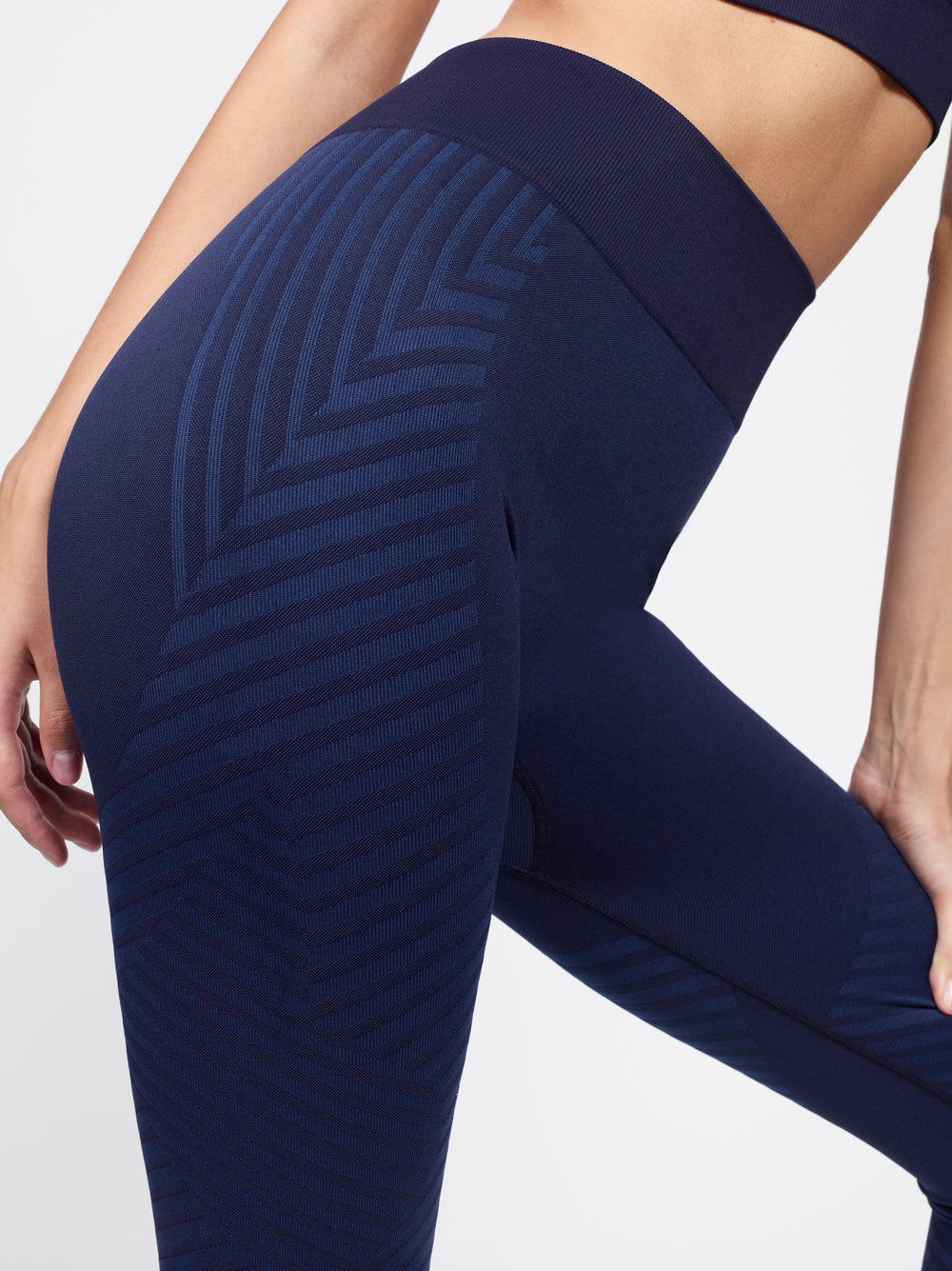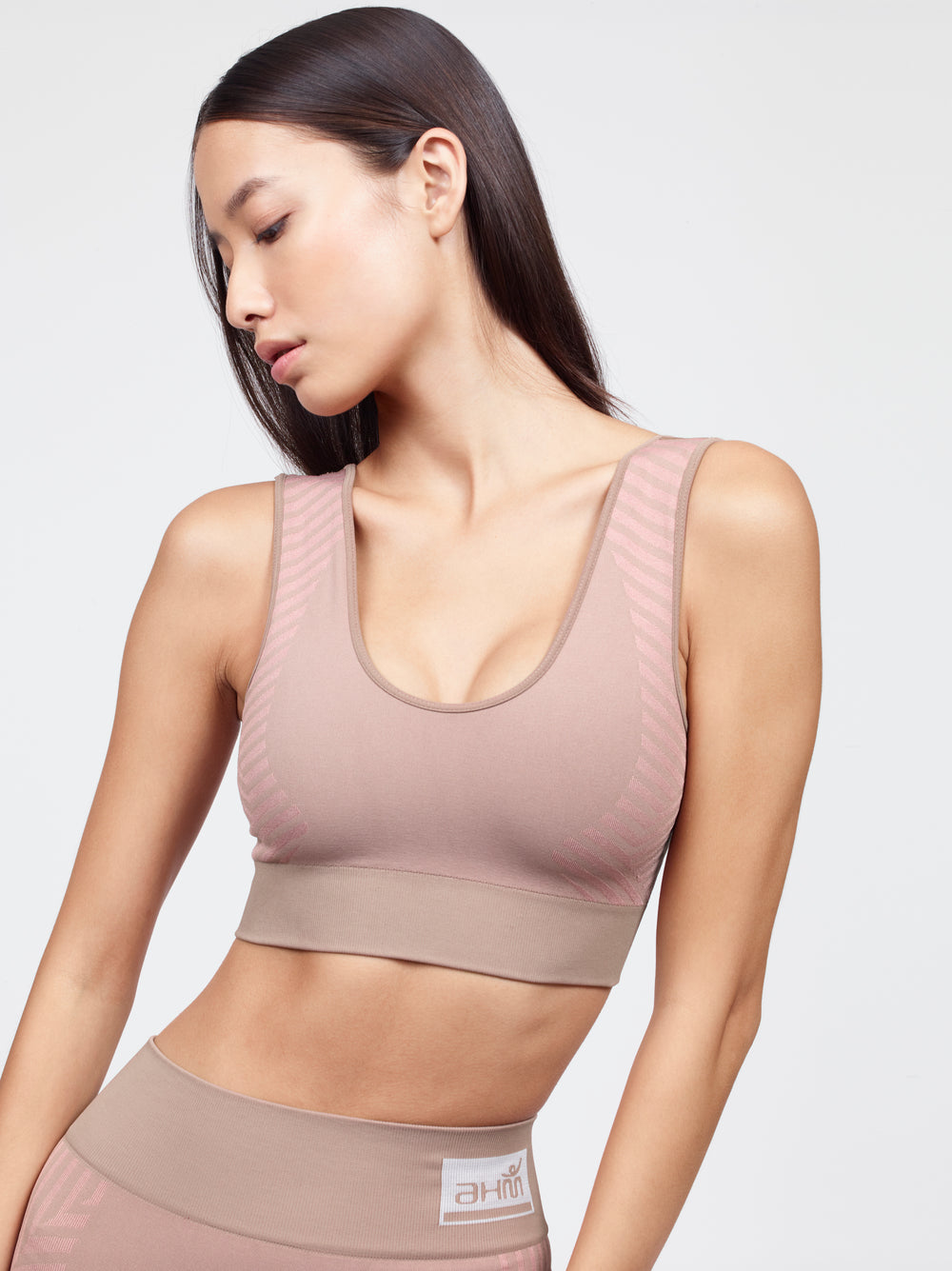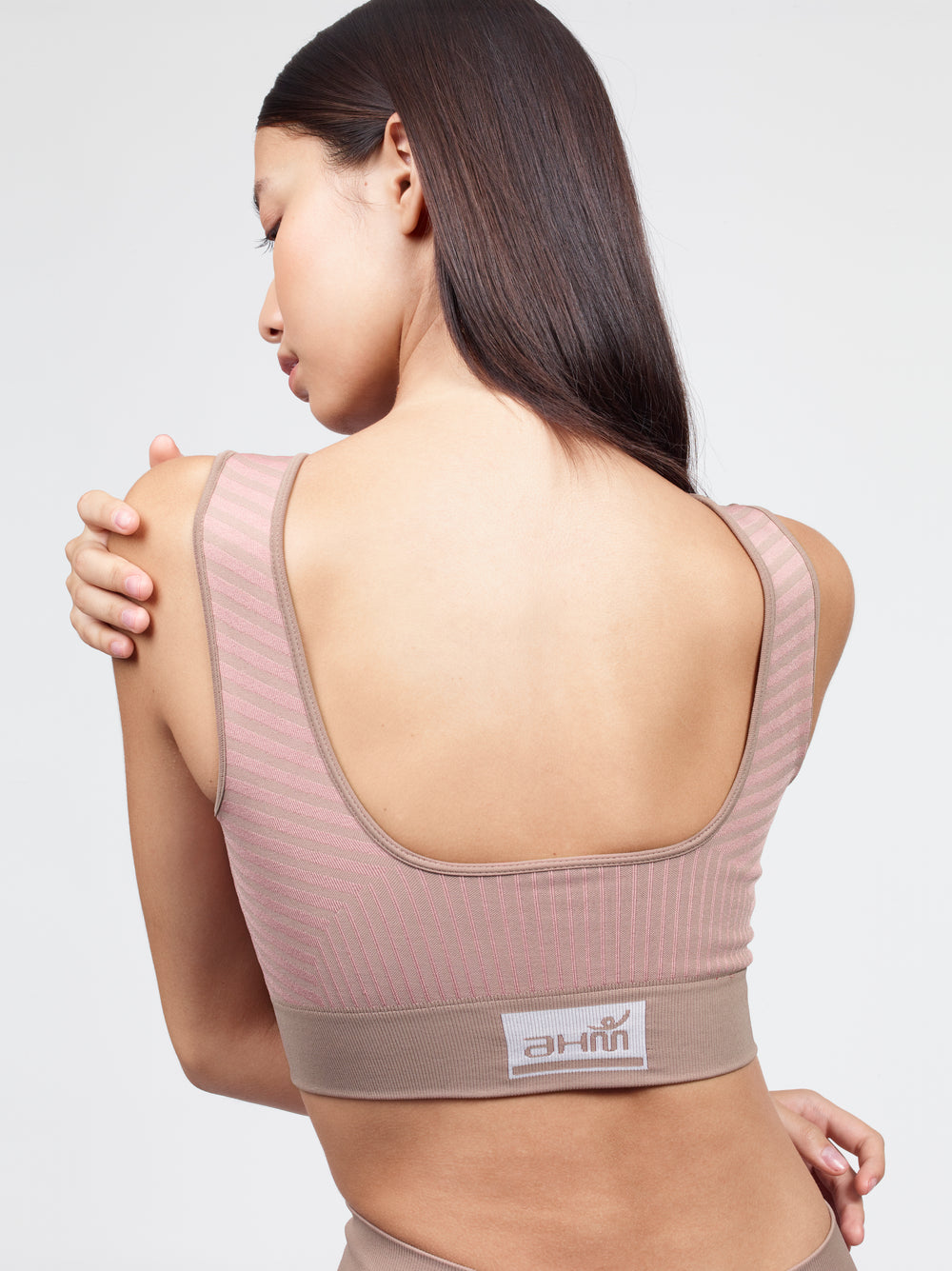 In the diverse and expansive world of yoga, Vinyasa stands out as one of the most popular and dynamic styles. Known for its fluidity and movement synchronised with breath, Vinyasa Yoga offers a practice that is both physically engaging and mentally stimulating. This article delves into what Vinyasa Yoga is, its benefits, key components, and what beginners should know before stepping onto the mat.
What is Vinyasa Yoga?
Vinyasa Yoga, often just referred to as Vinyasa, is a style of yoga characterized by stringing postures together so that you move from one to another seamlessly, using breath. The term 'Vinyasa' is derived from Sanskrit, where "vi" means variation and "nyasa" denotes within prescribed parameters. This form of yoga is sometimes also referred to as "flow" yoga, due to the smooth way the poses run together.
Historical Background
Vinyasa has its roots in Ashtanga Yoga, a style developed by the revered teacher K. Pattabhi Jois in the 20th century. However, Vinyasa Yoga has evolved to become more adaptable and accessible, with variations and modifications that suit a wide range of abilities and preferences.
The Essence of Vinyasa Yoga
The core of Vinyasa Yoga is the synchronization of movement and breath. Each movement in a sequence is typically linked to an inhalation or an exhalation, creating a flow of poses that smoothly transitions from one to the next.
Breath
Breath is central to Vinyasa practice. The breath acts as an anchor linking your body movements and mind. The most common breathing technique used in Vinyasa is Ujjayi breath, which helps to focus the mind and heat the body internally.
Movement
Vinyasa is dynamic and creative. Unlike styles with a set sequence, such as Ashtanga, Vinyasa instructors have the liberty to sequence their classes uniquely, which means no two classes are the same. This variety can be particularly appealing to those who enjoy diversity in their workouts.
Sequencing
A typical Vinyasa class starts with a series of warm-up poses, moves into more intense and challenging poses, and then concludes with a period of relaxation, known as Savasana. The sequence is designed to build heat, stretch and strengthen the muscles, and then cool down the body.
Benefits of Vinyasa Yoga
Vinyasa Yoga offers a multitude of physical and mental benefits:
Increases Strength and Flexibility: The constant movement helps build muscle strength, while the poses improve flexibility.
Enhances Cardiovascular Health: The continuous flow of movement provides a cardiovascular benefit, increasing heart rate and aiding in endurance.
Promotes Weight Loss: Vinyasa Yoga can be an effective way to burn calories and promote weight loss.
Improves Mental Focus: The requirement to concentrate on breath and movement enhances focus and concentration.
Reduces Stress: The meditative aspects of flowing movements and focused breathing help in reducing stress and promoting relaxation.
Builds Body Awareness: Regular practice increases awareness of the body, posture, and alignment.
Key Components of a Vinyasa Class
Warm-Up
Classes typically start with gentle stretches and breathing exercises to prepare the body. This might include poses like Cat-Cow, Downward Facing Dog, or gentle Sun Salutations.
Sun Salutations
Sun Salutations, or Surya Namaskar, are a series of poses performed in a sequence to warm up the body. They are a staple in Vinyasa classes and are often used as a link between sequences.
Standing Poses
These poses often include warriors, triangles, and balancing poses. They build strength, flexibility, and stamina.
Seated and Finishing Poses
Classes usually wind down with seated stretches and hip openers, followed by final poses like inversions or a calming Savasana.
Getting Started with Vinyasa Yoga
Choosing the Right Class
For beginners, it's important to start with a class labeled as 'Beginner' or 'All Levels' to learn the foundational poses safely.
What to Expect
Be prepared for a dynamic and sometimes fast-paced class. Don’t worry about keeping up initially; focus on understanding the flow and synchronizing your breath with the movements.
Equipment
A yoga mat is essential. You might also use props like yoga blocks or straps, which can help with alignment and making certain poses more accessible.
Attire
Wear comfortable, breathable clothing that allows for a full range of motion. Vinyasa classes can be quite physical, so dressing appropriately is key.
Hydration and Food
Avoid eating heavy meals right before class. It’s good to be hydrated, but you also don’t want to practice on a full stomach.
Listen to Your Body
It’s important to listen to your body and take breaks when needed. Child’s Pose is always an option if you need to rest.
Vinyasa Yoga is a dynamic and fulfilling practice that can cater to a wide range of individuals, whether you're seeking physical fitness, mental clarity, or spiritual growth. Its emphasis on breath-synchronized movement offers a unique form of meditation in motion, uniting the body and mind in a fluid dance. As with any yoga practice, the key to success in Vinyasa is patience, consistency, and mindfulness. Whether you're a seasoned practitioner or a curious newcomer, Vinyasa Yoga can be a rewarding addition to your wellness journey.
|


